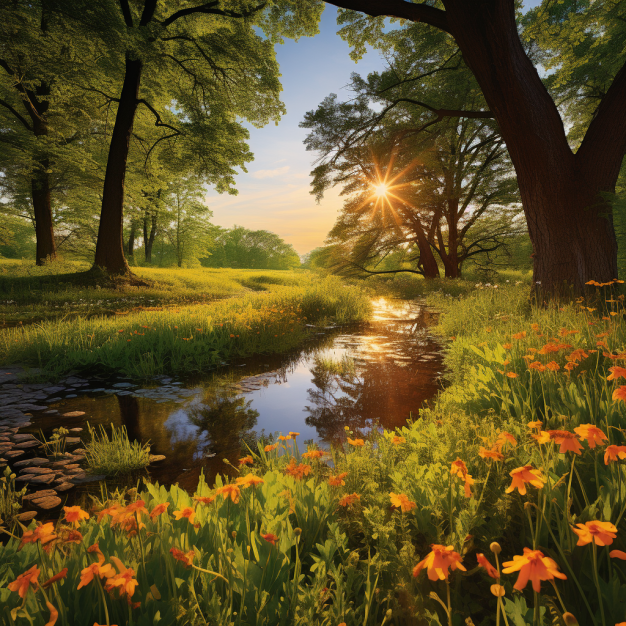Looking for an outdoor adventure? Look no further than the August Busch Memorial Conservation Area in Missouri.
This conservation area, purchased by the Missouri Department of Conservation in 1947, offers a blend of recreational activities and wildlife preservation. With 100 old TNT storage bunkers from its time as a munitions plant during World War II, this area has a rich history.
From hunting to hiking, biking to fishing, there’s something for everyone to enjoy. So grab your gear and get ready to explore!
History and Features
Explore the rich history and impressive features of the August A. Busch Memorial Conservation Area. This vast area, spanning 6,987 acres, has a fascinating past as a TNT munitions plant during World War II. Today, remnants of this history can still be seen in the form of 100 old TNT storage bunkers that remain on the site.
In 1947, the Missouri Department of Conservation purchased the area, which was generously donated by Mrs. August A. Busch Sr. as a memorial to her late husband. The conservation area boasts a diverse range of habitats, including forests, cropland, lakes and ponds, wetlands, old fields, roads and parking lots, and grasslands.
For fishing enthusiasts, there are 32 lakes and ponds open for angling. The area also offers several hiking and biking trails, allowing visitors to immerse themselves in the natural beauty of the surroundings. Additionally, there are designated picnic areas for those who wish to enjoy a meal amidst the tranquil setting.
To cater to the needs of visitors, the conservation area provides a visitor center equipped with helpful resources and information. For those interested in honing their shooting skills, a shooting range is available for recreational use.
The August A. Busch Memorial Conservation Area offers a wonderful opportunity to connect with nature and appreciate its beauty. Whether you’re an avid angler, a hiking enthusiast, or simply seeking a peaceful escape from the hustle and bustle of everyday life, this conservation area has something for everyone.
Hunting Regulations and Environmental Cleanup
Hunting is permitted in the August A. Busch Memorial Conservation Area under special regulations.
The area has a history of being used for TNT production during World War II and as a disposal site for uranium and radium-contaminated rubble.
However, the area has undergone environmental cleanup and is considered safe for recreational activities and wildlife.
The conservation area spans 6,987 acres and includes forests, croplands, lakes, wetlands, and grasslands.
There are 32 lakes and ponds available for fishing, and hunting is allowed with adherence to regulations.
The area also provides picnic facilities, hiking and biking trails, educational displays, and programs.
Handicap accessibility improvements have been made to ensure equal access for all visitors.
General Provisions and Prohibited Activities
When visiting the August A. Busch Memorial Conservation Area, it is important to follow the signs, regulations, and maps to ensure that you are aware of the general provisions and prohibited activities.
The Department areas are open for various activities, but these activities may be restricted by the Wildlife Code, signs, or area maps. It is prohibited to engage in activities such as destruction of property and commercial advertising within the conservation area. However, special use permits may authorize compatible activities.
Make sure to adhere to the guidelines and regulations provided by the signs, regulations, and maps to ensure a safe and enjoyable visit to the conservation area.
Closings and Waste Disposal
It should be noted that special hours apply to the August A. Busch Memorial Conservation Area, and it is only open as authorized by posting.
Waste disposal is provided through waste containers for garbage, trash, and refuse. However, not all areas have waste containers available, so visitors should plan accordingly.
Collecting wild animals and plants is prohibited without valid permits or authorizations.
The conservation area aims to maintain environmental health and safety standards, ensuring a safe environment for both recreational pursuits and wildlife.
It is important for visitors to follow the signs, regulations, and maps provided to avoid any prohibited activities, such as destruction of property and commercial advertising.
Special use permits may be obtained to authorize compatible activities.
